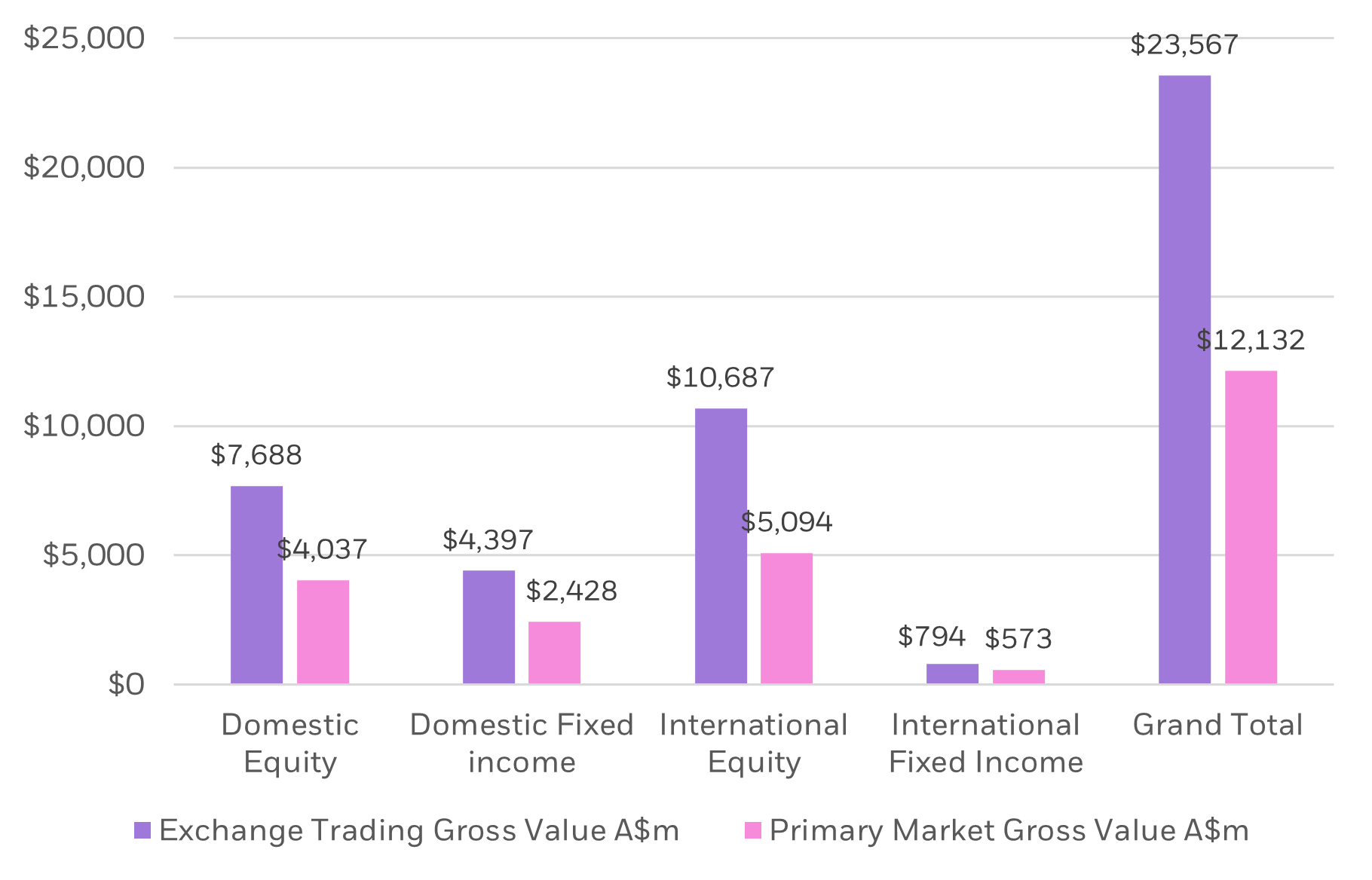All iShares ASX listed ETFs are supported by numerous APs. On average, iShares Australian-domiciled ETFs have 11 “contracted” APs and 5 “active” APs (Figure 1). A contracted AP has an effective agreement in place with an ETF issuer, even if the AP does not regularly create or redeem ETF shares. An active AP has created or redeemed shares of an iShares ETF within the last year to July 2023.1
Not all APs are active at the same time. For example, some institutions may complete formal paperwork to become an AP so they can participate when they see opportunities to profit or provide liquidity for key client demand. This presence of contracted APs helps ensure vibrant competition exists to provide ETF creation and redemption services. If an active AP were to step away, another contracted AP could step in to execute creation and redemption activity—even if they hadn’t been active in the fund previously.






